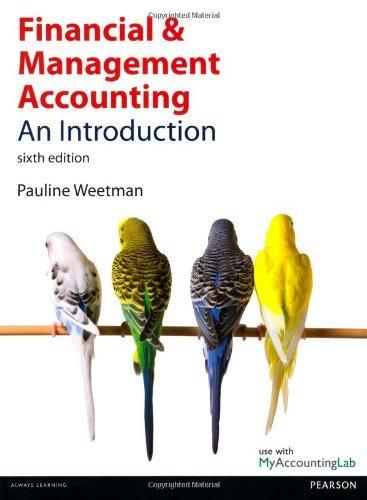Across our beverage can sectors our vision is to keep the metal in a closed material loop:
Question:
Across our beverage can sectors our vision is to keep the metal in a closed material loop: our aim is for zero cans ending up in landfill following consumers' use of the product. This makes good economic sense due to the high value of the materials, more than covering the cost of their collection, as well as environmental sense with up to \(95 \%\) of the energy needed for primary production saved. As metal can be continually reused, every tonne of recycled material offsets the need to use a tonne of virgin raw material.
Recycling rates for beverage cans vary across countries, due to different operating environments, culture and lifestyles. We report these together with the targets set by industry associations of which we are member.

Extract from Principal Accounting Policies
Inventories are measured at the lower of cost and net realisable value. Cost is determined on a first in first out or a weighted average cost basis. Cost comprises directly attributable purchase and
conversion costs and an allocation of production overheads based on normal operating capacity. Net realisable value is the estimated selling price less estimated costs to completion and selling costs.
Discussion points
1 What does the reader learn about inventory valuation from the accounting policy note?
2 What does the reader learn about the management of raw materials from the explanation in the directors' report?
3 How do these two sets of information help investors in their decision making?
Step by Step Answer:

Financial And Management Accounting An Introduction
ISBN: 9780273789215
6th Edition
Authors: Prof Pauline Weetman





